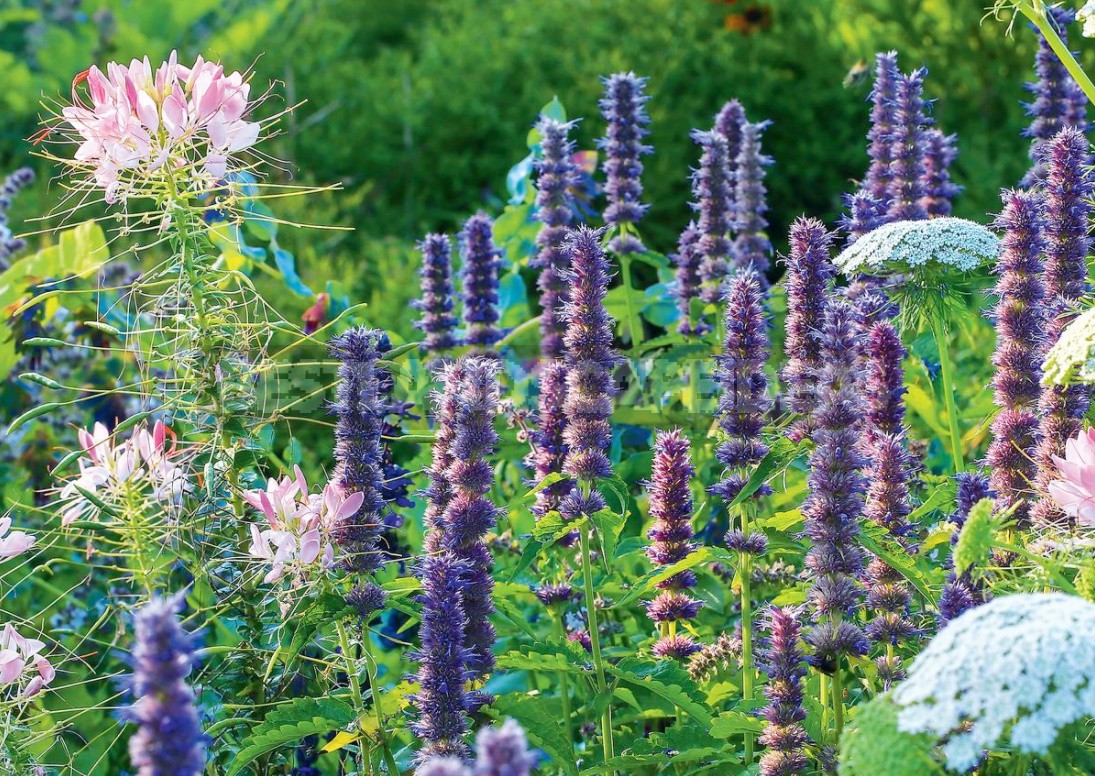
This herbaceous perennial can successfully compete with traditional herbs. At the same time, a more unpretentious and hardy plant still needs to be searched for!
Dossier: Agastache
- Flowering: from July to October.
- Height: depending on the variety from 40 to 160 cm.
- Place of growth: Sunny with well-permeable soil.
- Diseases/pests: in prolonged wet weather, it is affected by powdery mildew and becomes an easy prey for slugs.
- Features: fragrant, leaves and flowers are edible.
In recent years, more and more gardeners have developed a love for Agastache. And this is not surprising, because it boasts a whole “bouquet” of advantages — unpretentiousness, long and abundant flowering, as well as excellent health. In addition, it is worth noting that Agastache is an excellent honeybee.
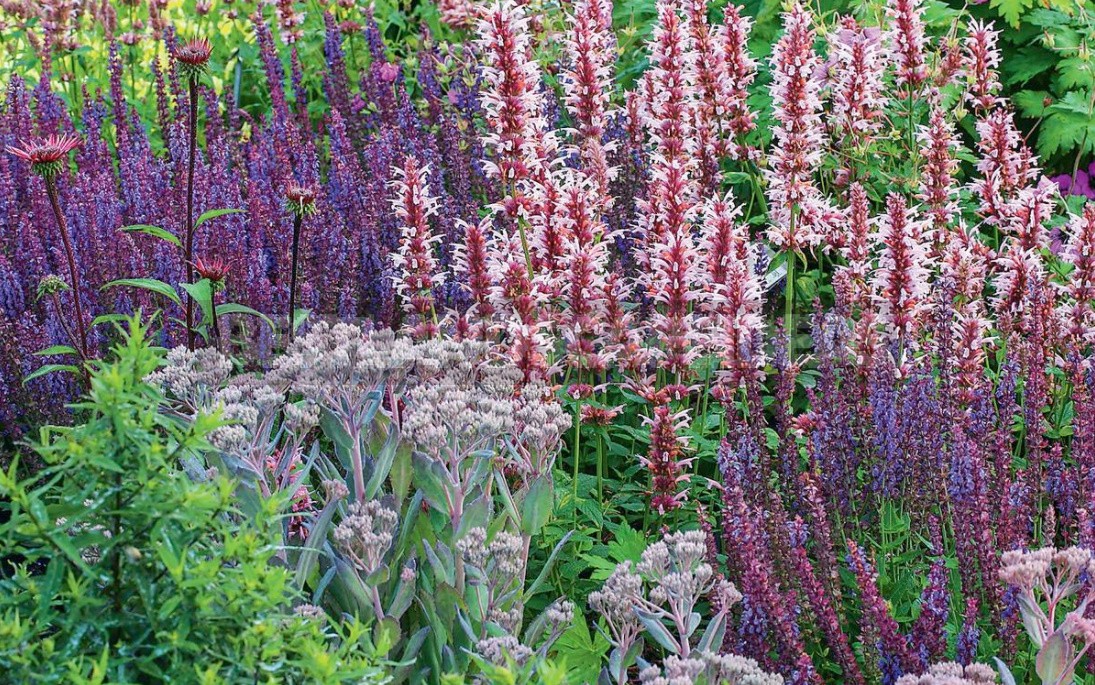
The main trump card of this representative of the flora is its rich aroma, thanks to which Agastache is often grown as a spicy plant. At the same time, each species has its own special smell! For example, Agastache rugosa is fragrant with mint and anise, Agastache foeniculum has an intense anise-fennel aroma, and Agastache mexicana creates a fragrant aura with citrus notes.
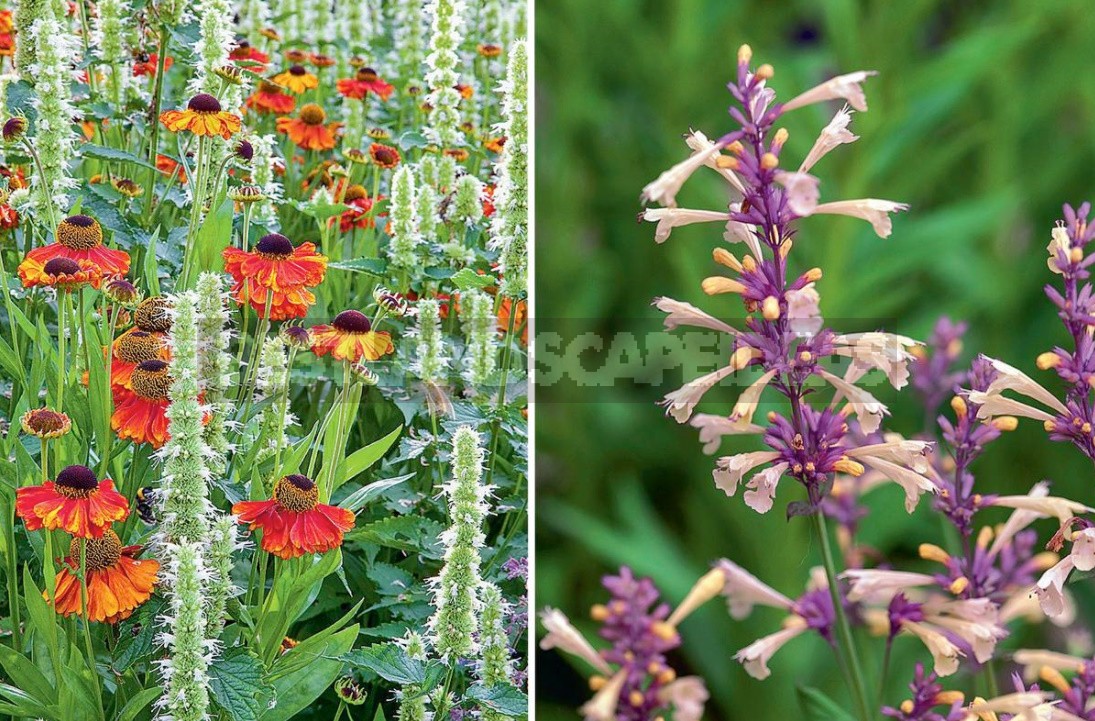
Agastache mexicana does not tolerate cold, it winters well in a bright room at +10…+15°C. Care of the plant is minimal. Our spicy hero tolerates drought well and is undemanding to the soil, however, it is worth considering that it will respond to watering and fertilizing with a more lush bloom. Best of all, the herbaceous perennial grows in a Sunny flower garden on soil with good water permeability.
In the photo below: the new selection ‘Kolibri’ shares a flower garden with Festuca, Aster, helium and Solidago that has not yet bloomed. Agastache of This variety will grow up to 70 cm in height and is cold-resistant.

The plant is actively propagated by self-seeding, so it is better to cut off the peduncles before the seeds Mature.
The only Achilles heel of this endurance record holder is sensitivity to high humidity: in conditions of stagnant moisture and slushy winters, it can be affected by powdery mildew and other fungal diseases. In the rest of the Agastache has an enviable resistance to disease. As for wintering, in the middle zone, the ” pet ” is cold, so it needs to provide dry shelter.
In the photo on the left: the pot perfectly grows ‘ Golden Jubilee’, which quietly puts up with the penumbra. Attention: the lighter the place, the more yellow in the color of the leaves of the plant. Since Agastache can not boast of cold resistance, in October it should be placed in a bright, non-freezing room. On the right: decorative houses for butterflies, where insects not only live, but also winter, should be placed in the environment of your favorite honey plant
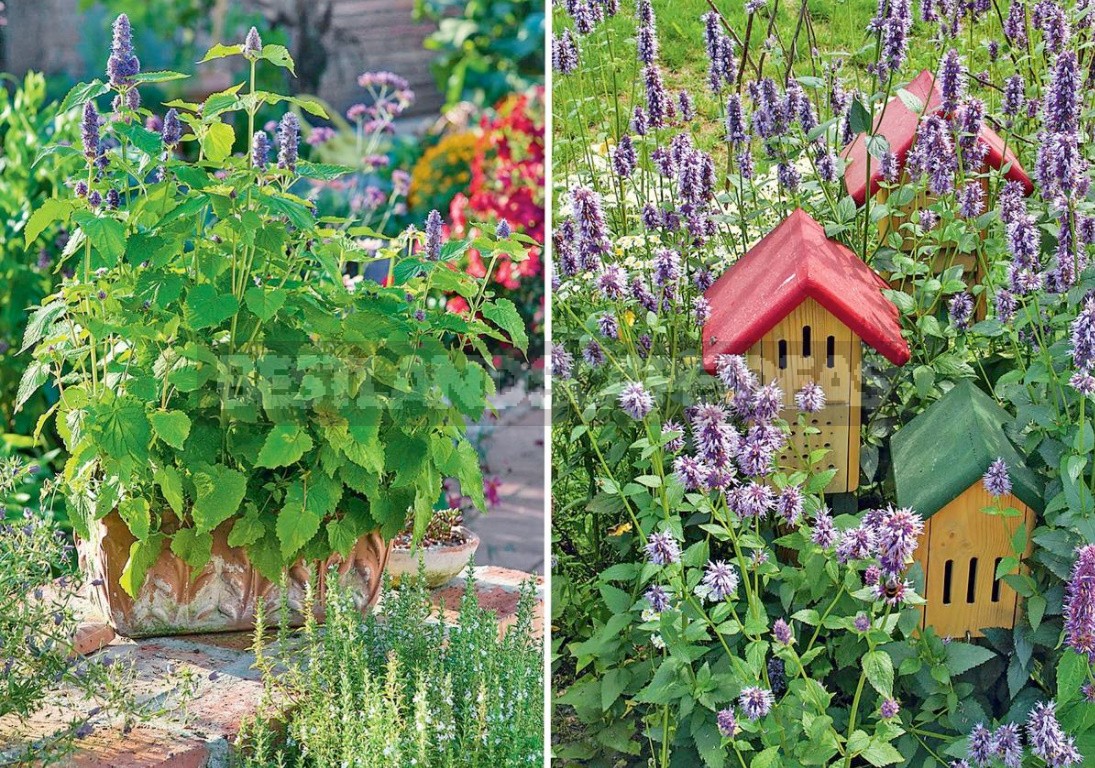
Important: in early October, the stems of Agastache should be shortened to 10 cm above ground level, and before the onset of frost, the Bush should be honed or covered with dry leaves, preferably oak.
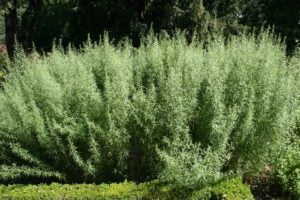
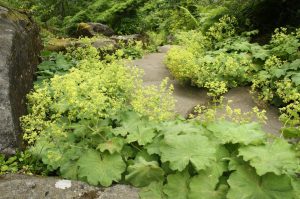
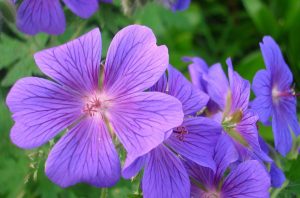

Leave a Reply